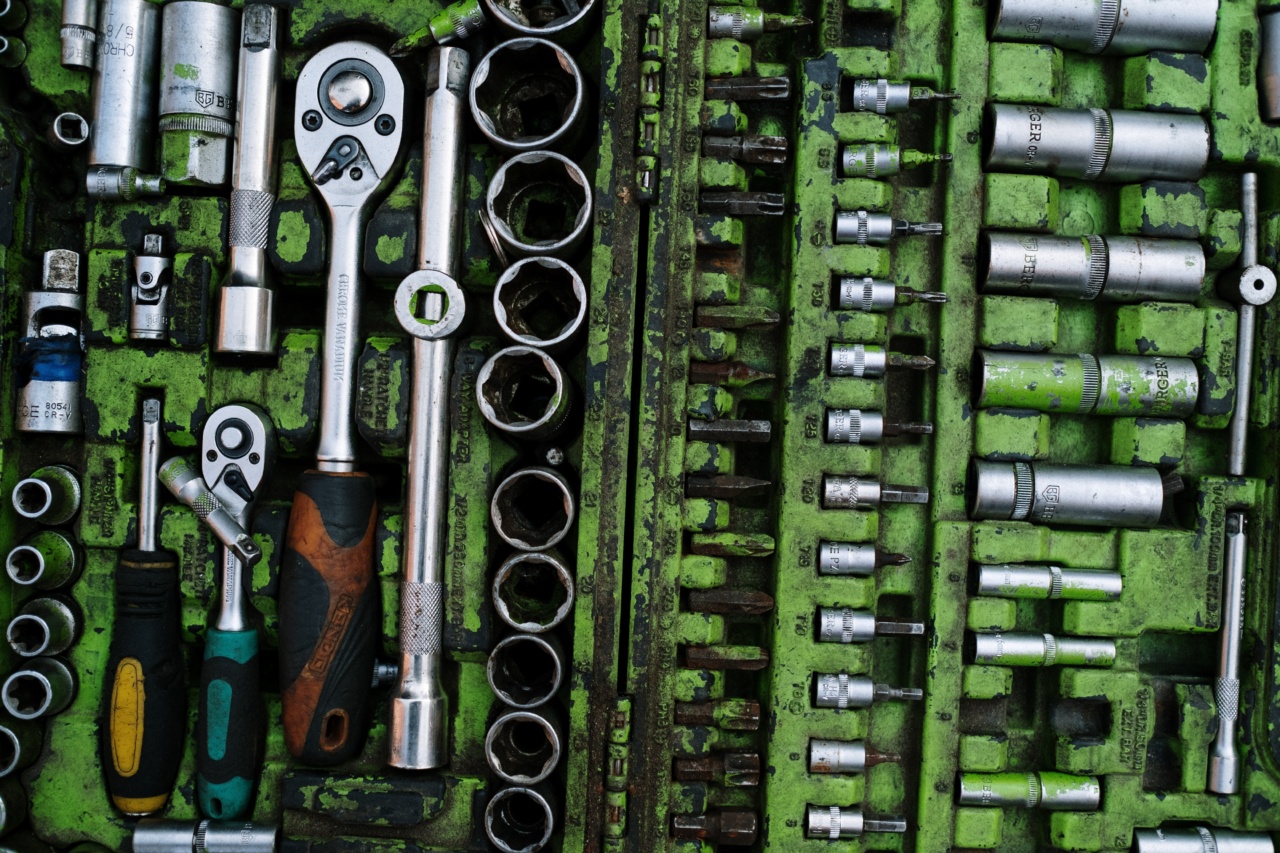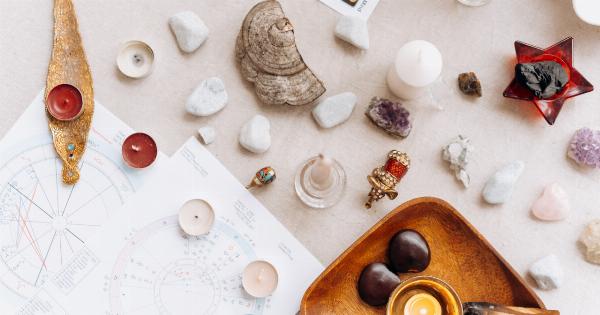Greasy hair can be a source of embarrassment for many people. It can make hair look flat, feel oily, and even cause breakouts on the scalp. Luckily, there are several tips and tricks that can help you achieve non-greasy hair. Here are 30 of them:.
1. Wash your hair regularly
Washing your hair regularly is the most obvious way to prevent oil buildup. Depending on your hair type, you should wash your hair every 2-3 days. If you have extremely oily hair, you can wash it every day.
2. Use a clarifying shampoo
A clarifying shampoo can help remove buildup caused by styling products, hard water, and excess sebum. Use it once a week to keep your hair clean and healthy.
3. Avoid hot water
Washing your hair with hot water can strip away natural oils, making your scalp produce more oil in response. Use lukewarm or cool water instead.
4. Don’t overuse conditioner
Conditioner can weigh down hair and make it look greasy. Apply it only to the ends of your hair and avoid the scalp area.
5. Rinse thoroughly
Make sure to rinse your hair thoroughly after shampooing and conditioning. Leftover product can lead to buildup and greasiness.
6. Try dry shampoo
Dry shampoo can help absorb excess oil, giving your hair a fresher look between washes. Apply it to your roots and massage it into your scalp.
7. Use a blotting paper
If you don’t have dry shampoo, you can use blotting papers to soak up excess oil. Gently press them onto your roots and scalp.
8. Use a silk pillowcase
A silk pillowcase can help reduce friction and keep hair smooth and shiny. It also absorbs less oil than a cotton pillowcase.
9. Avoid touching your hair
Touching your hair can transfer oil from your hands to your hair, making it greasier. Try to avoid it as much as possible.
10. Keep your hands clean
Clean hands are essential for keeping hair oil-free. Wash your hands frequently, especially if you have a habit of playing with your hair.
11. Avoid heat styling
Heat styling can damage hair and cause it to produce more oil. Try to limit your use of blow dryers, straighteners, and curling irons.
12. Use a heat protectant
If you do use heat styling tools, use a heat protectant to minimize damage and prevent oil buildup.
13. Don’t brush too often
Brushing your hair can distribute oil from your scalp to your hair, making it greasy. Brush only when necessary.
14. Use a boar bristle brush
A boar bristle brush can help distribute natural oils from your scalp to your hair, making it look healthy and shiny. Use it sparingly, though.
15. Use a wide-tooth comb
A wide-tooth comb is gentler on hair than a brush and can help detangle it without causing damage or producing excess oil.
16. Avoid tight hairstyles
Tight hairstyles can pull on hair and cause it to produce more oil. Opt for looser styles like braids, buns, and ponytails.
17. Use a scalp massager
A scalp massager can help stimulate blood flow to the scalp and promote healthy hair growth. It can also help distribute natural oils.
18. Massage your scalp
Massaging your scalp with your fingers can also help stimulate blood flow and distribute oils. Do it for a few minutes every day.
19. Use apple cider vinegar
Apple cider vinegar can help balance the pH of your scalp and prevent oil buildup. Mix it with water and use it as a rinse after shampooing.
20. Exfoliate your scalp
Exfoliating your scalp can remove dead skin cells and prevent oil buildup. Use a gentle exfoliating scrub once a week.
21. Use tea tree oil
Tea tree oil has antibacterial and antifungal properties that can help reduce oil and prevent dandruff. Add a few drops to your shampoo or conditioner.
22. Avoid silicone-based products
Silicone-based products can coat hair and cause buildup, making it look greasy. Look for products that are labeled “silicone-free”.
23. Use volumizing products
Volumizing products can help lift hair and prevent it from clinging to the scalp. Look for products that contain volumizing agents like panthenol and proteins.
24. Use a leave-in conditioner
A leave-in conditioner can help detangle hair and keep it moisturized without weighing it down. Apply it only to the ends of your hair.
25. Use a hair mask
A hair mask can help nourish and hydrate hair, making it less prone to oiliness. Use it once a week or as needed.
26. Avoid alcohol-based products
Alcohol-based products can strip hair of its natural oils, making the scalp produce more oil to compensate. Look for products that are alcohol-free.
27. Avoid sulfates
Sulfates can be harsh on hair and scalp, leading to oil buildup and irritation. Look for sulfate-free products.
28. Eat a balanced diet
A balanced diet can help keep your hair healthy and prevent excessive oil production. Eat plenty of fruits, vegetables, lean proteins, and healthy fats.
29. Drink plenty of water
Drinking enough water can help flush out toxins and keep your scalp hydrated. Make sure to drink at least 8 glasses of water per day.
30. Manage stress
Stress can contribute to excess oil production and hair loss. Practice relaxation techniques like yoga, meditation, or deep breathing to keep stress under control.






























